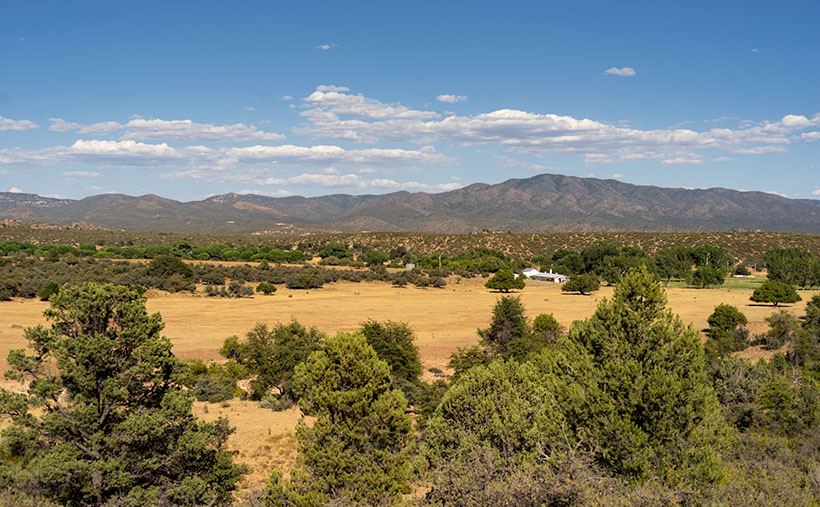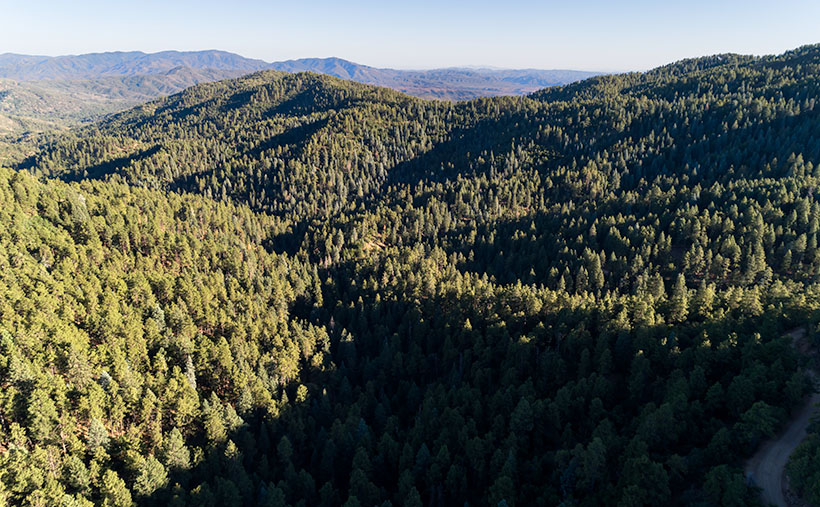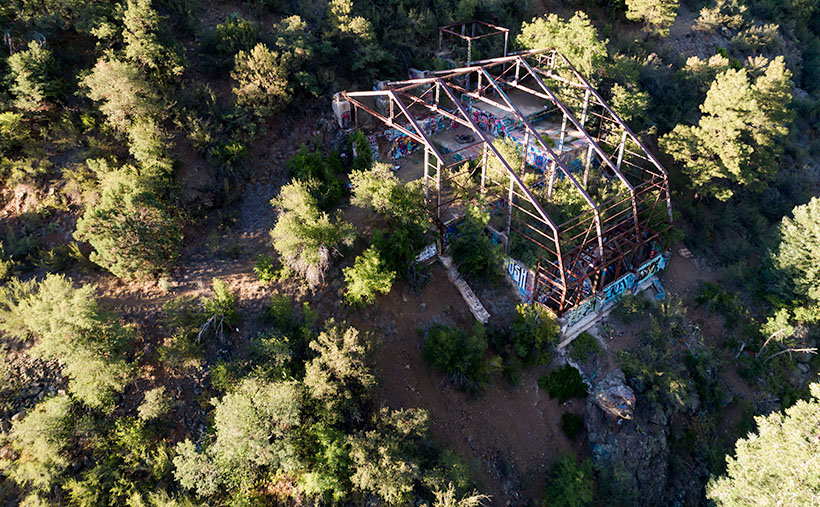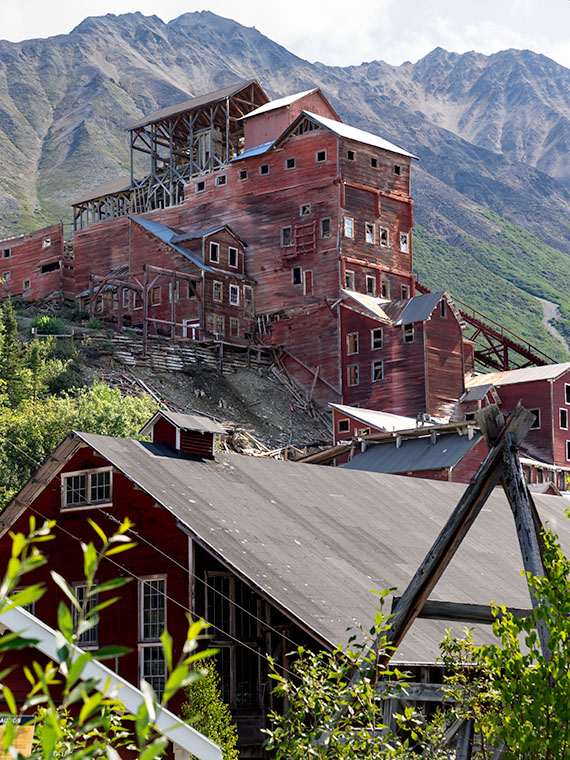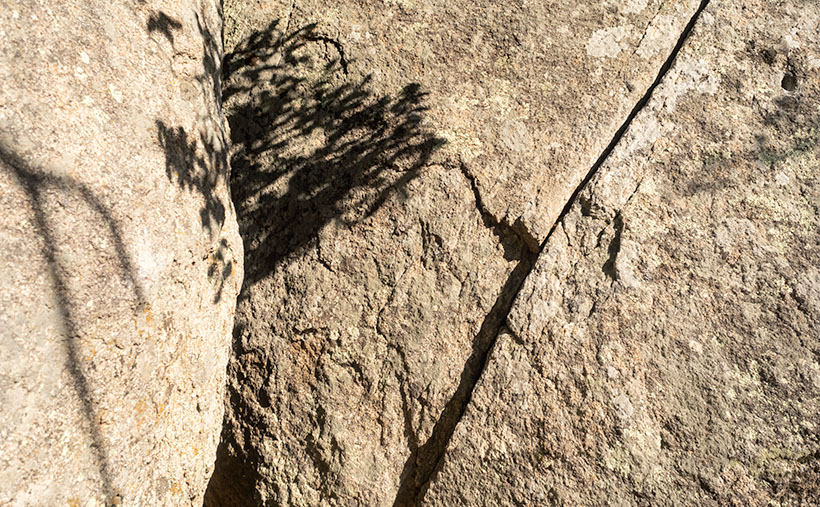What’s your favorite color? Mine’s blue—I don’t know why, but it’s always been my go-to color. Perhaps my mother once said that it’s the color of my sparkly eyes—but then, what about my red nose? Because I like blue, I’m a commoner. A higher percentage of men and women chose blue as their color favorite. According to some Websites that I looked at, the second most popular color was either red or green. Surprisingly, yellow had the least amount of fans, but as we age, orange works it’s way to the bottom of the list. By the way, Queen Anne’s favorite is green—as in emeralds—but she wouldn’t toss a ruby out of bed for eating cookies.
If I had to pick a Crayola to color in a map of Arizona, I’d look for a color that looked like dirt. There are the reds and vermilions from the Colorado Plateau, the gold granite of the central highlands, the yellow fields of the grasslands, and the browns of the desert ranges. When I got done, the green crayon would still have a sharp point. I don’t associate green with Arizona. That color belongs to Ireland, New Zealand, or maybe Kentucky.
Sure, Arizona has a lot of greenery. Our cactus, our palms, the pines, and the Scottsdale golf courses are green, but not that vibrant hue that people in other states have. When we come across a small patch, we believe we’ve found an oasis.
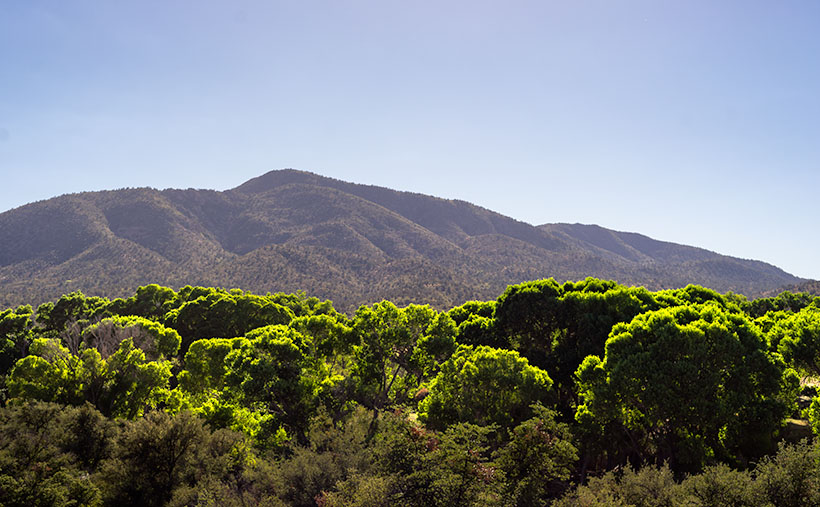
That’s what happened when I captured this week’s featured image. As we drove the Ferguson Valley Road, we saw a grove of healthy cottonwood trees growing in an unnamed wash. As I’ve written before, a grove of deciduous trees with Kelly-Green leaves means that there’s water near the surface. Sure enough, when I checked the Topo maps for names, they showed a spring seeping from the ground near Coughran Canyon near Skull Valley.
When I composed this image, I wanted to contrast the shade trees against the dryer chaparral and mountain in the background. It speaks to me as an island of cool in a sea of heat. I called this picture Brushy Mountain, which I’m guessing is the spring’s water source.
You can see a larger version of Brushy Mountain on its Web Page by clicking here. I hope you like it. Be sure to come back next week for another image from Ferguson Valley.
Until next time — jw

